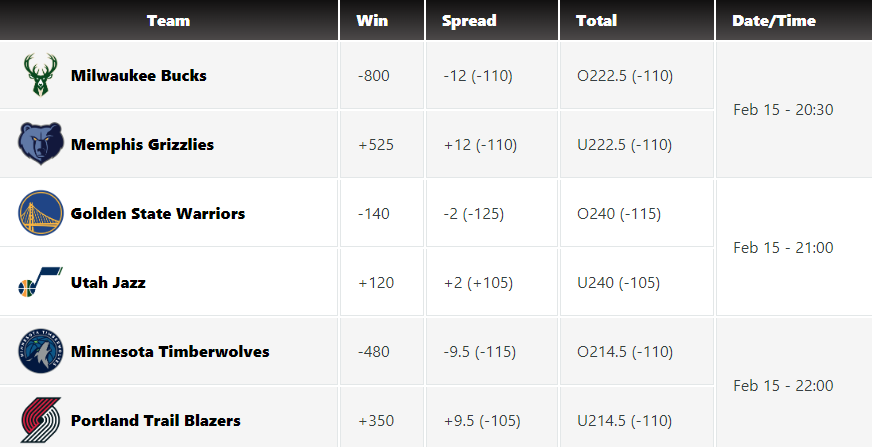The landscape of sports consumption is rapidly evolving, reshaping how we engage with our favorite games and events.

This year’s The Super Bowl where Kansas City Chiefs defeated the San Francisco 49ers, attracted an audience of over 123 million viewers. This historic viewership figure marks the largest audience ever recorded for a single television broadcast.
During the CBS broadcast, 112 million viewers were engaged and the remaining viewership was distributed across platforms such as Paramount+, Nickelodeon, Univision, CBS Sports, and NFL digital properties, including NFL+ (Source Nielsen).
How we consume entertainment is not confined to living rooms; it’s a global phenomenon fueled by the exponential growth of digital platforms in recent years. While live events like the Super Bowl still command immense viewership, the traditional four-hour window of live play is no longer the sole option. Modern sports audiences crave flexibility – the freedom to choose what they watch, when they watch it, and how they watch it.
In addition, the rise of on-demand streaming services has given viewers the flexibility to tailor their viewing experiences to suit their preferences and schedules. Whether it’s catching up on highlights during a lunch break or streaming full games from the comfort of home, the possibilities are endless. This digital revolution has also blurred the lines between traditional sports broadcasting and user-generated content. Platforms like YouTube and Twitch have become hubs for sports enthusiasts to share live reactions, analysis, and commentary in real-time, fostering a sense of community and camaraderie among fans.
Recent statistics from Statista showed a notable shift in how viewers access sports content, with 29 percent opting for streaming services such as Amazon Prime, marking a substantial increase. Similarly, the popularity of TV streaming services like Hulu has surged, capturing 22 percent of the viewership share.
Despite the rise of digital platforms, traditional viewing sources still retain a significant portion of the audience. Eight percent of viewers prefer the reliability of TV air antennas, while an additional 5 percent opt for the communal experience of watching at venues like local gyms or bars.
What is the future of Sports Data?
Those with the ability to effectively harness and leverage data will undoubtedly emerge as the leaders of tomorrow’s sporting landscape. Interestingly, sports data isn’t only used for presenting fans with stats about team performance: data is used more rigorously by the teams themselves has emerged as a crucial asset that can make or break a team’s performance.
A prime example of this trend is evident in the NBA’s adoption of the STAT SportVU camera systems across all basketball arenas starting from the 2013-14 season. This innovative technology-enabled teams to meticulously track and analyze player movements and performances during games, furnishing coaches and strategists with invaluable insights to refine their tactics and gameplay.
Similarly, the NFL has embraced advanced analytics by integrating RFID chips into athletes’ shoulder pads and the ball itself. This cutting-edge technology captures a wealth of data including velocity, acceleration, speed, distance covered, and more. Each game yields approximately 600,000 rows of meticulously recorded data, furnishing teams with comprehensive insights into player dynamics and ball trajectories, and empowering them to make informed decisions and optimize their strategies accordingly.

To understand more how sports viewership has increased over the years, it suffices to look at the data: In 2023, the NFL draft garnered significant attention with 54.4 million viewers tuning in. Live sports continued to captivate audiences across the US, with nearly 160 million individuals watching sports events monthly.
The popularity of eSports surged, with researchers estimating approximately 300 million frequent viewers in 2023. The global interest in eSports was further highlighted by The Worlds game in 2022, which peaked at over 5.1 million concurrent viewers. Notably, three of the top 10 most-watched eSports events hailed from Mobile Legends, indicating its rising prominence.
Additionally, China emerged as a significant hub for eSports, with 40% of eSports tournament viewers residing in the country.
Meanwhile, Australian Football League Season in 2022 attracted over 106 million viewers, underlining the widespread appeal of the sport.
How do we get better at understanding Sports Data?
Keeping a close watch on the developments within the sports industry – especially technology that deals with real-time sports data – and understanding its evolving landscape is crucial for maintaining a competitive edge. There are an increasing number of reliable media outlets that focus on harnessing and presenting sports data for users who want to keep track of their favorite teams and players. Sites like Sports-Statistics.com provide sports fans with a myriad of sports analytics, reports, and stats for major sports across the major sports.

Another avenue for gaining invaluable insights is attending prestigious events like the MIT Sloan Sports Analytics Conference (SSAC), which serves as a hub for professionals and students alike to delve into the latest trends in analytics and business, thereby driving innovation across the global sports sector.
At SSAC, attendees can expect to glean a wealth of knowledge from an esteemed lineup of speakers. Among them are CEOs from industry giants like DraftKings and Fanatics, the President of NASCAR, and the President of the Philadelphia 76ers, alongside various data scientists and experts.
Hurry to get a ticket if you can as this event tends to sell out quickly! (it might be too late)

Their diverse perspectives and expertise promise to offer deep insights into the ongoing evolution of sports analytics, providing attendees with invaluable tools and strategies to navigate the dynamic landscape of the sports industry. By actively engaging with such thought leaders and staying abreast of emerging trends, individuals and organizations can position themselves at the forefront of innovation and success in the realm of sports analytics and beyond
As we look to the future, one thing is clear: the way we experience sports content will continue to evolve, driven by technological innovation, sports analytics and shifting consumer behaviors. Embracing this digital revolution opens up a world of possibilities, ensuring that every fan, regardless of location or schedule, can fully immerse themselves in the excitement of their favorite sports.

